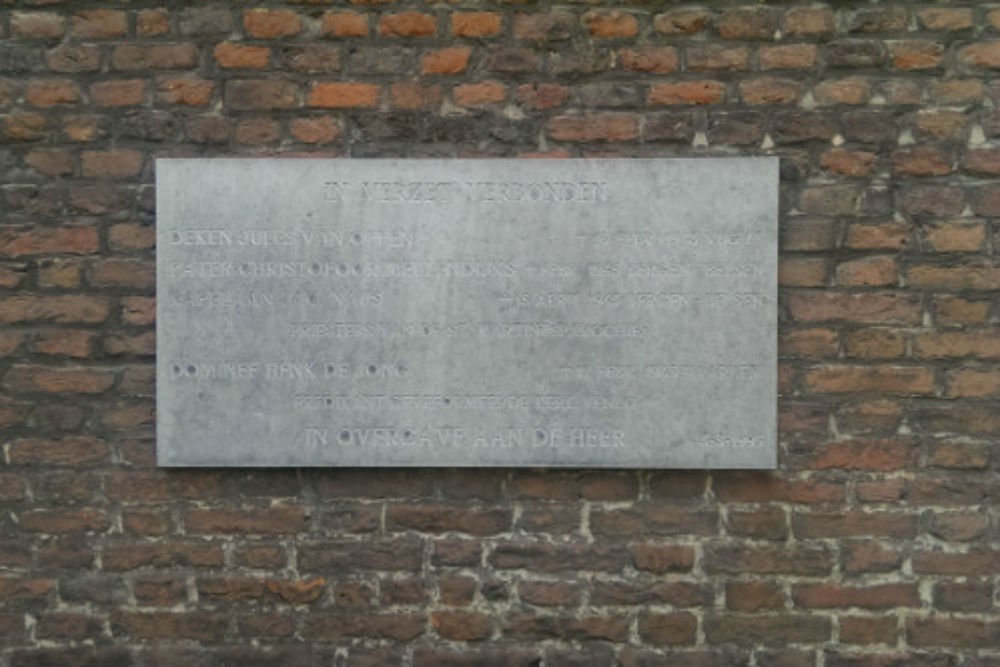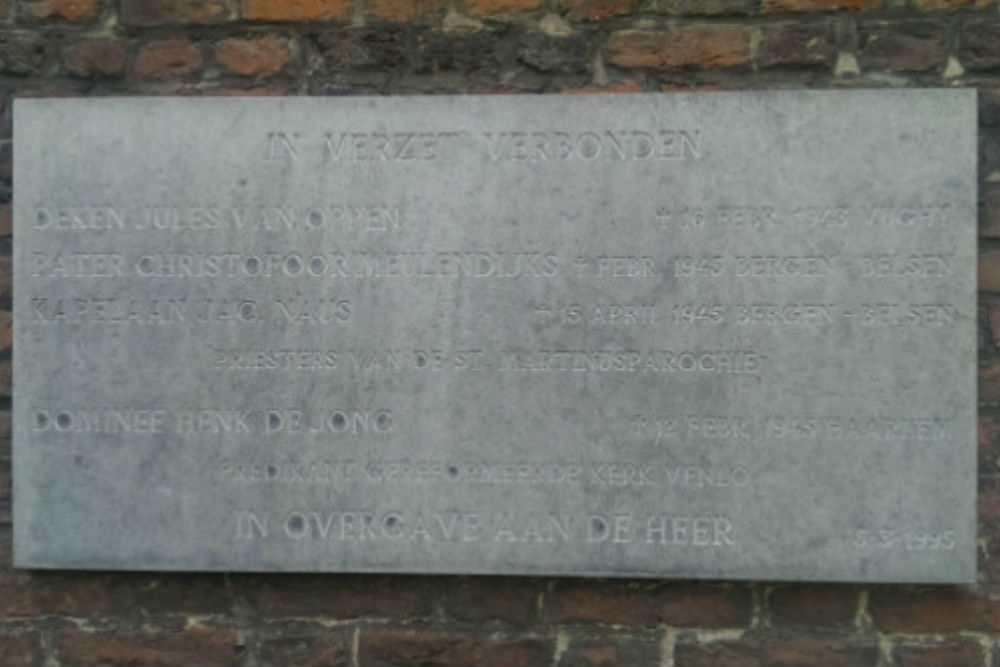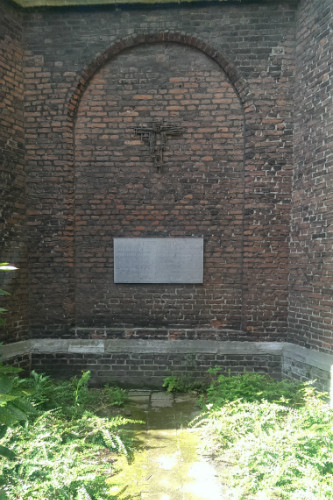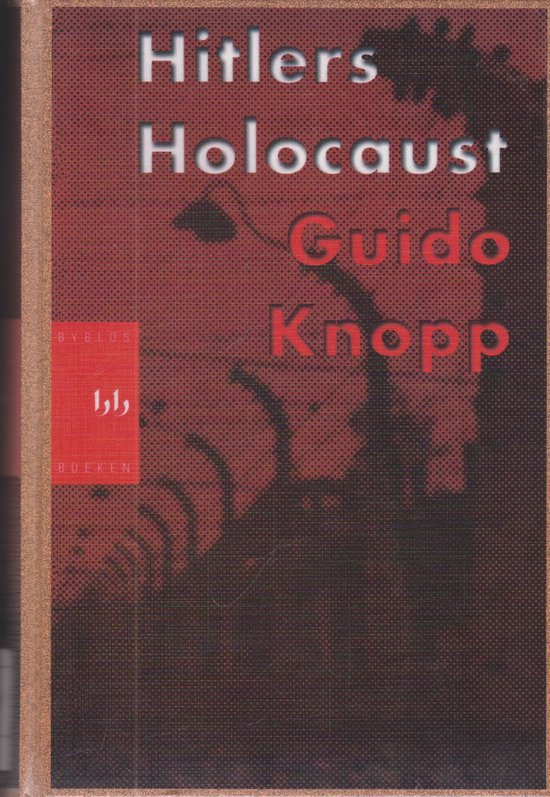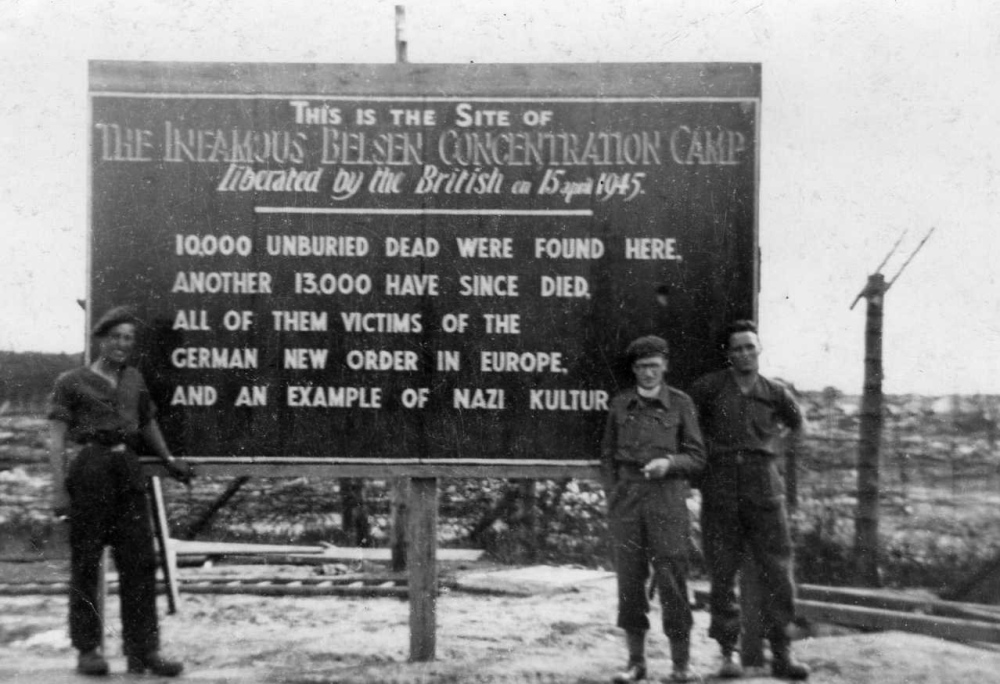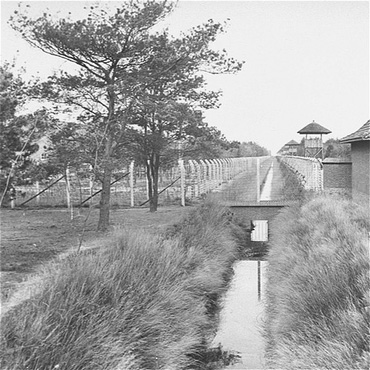Memorial St. Martinuskerk
On the outside wall of the Sint-Martinuskerk (Saint Martin's Church) there is a plaque with the names of four in the resistance killed clergymen. The clergymen in Limburg had an important role in the battle against the foreign overrule. The plaque commemorates not only the important position that the churches had, but also the fact that the clergymen took large risks.
To get the Dutch population under control, the occupiers also put the churches under pressure. The clergymen protested publicly, but the opposition of the church went further than that. Venlo dean Jules van Oppen died in the Herzogenbusch (Vught) concentration camp after he spoke out repeatedly against the nazi propaganda. He was the first clergyman of Limburg who died in German captivity, but unfortunately not the last: Kaplan Naus followed later.
But why did the church deem the resistance in Limburg to be so important? This was because of their support to hidden people, for whom they organised food and clothes at first. Although this seems quite innocent the Germans thought differently and besides that stamps & cards were needed for food and clothes, which had to be stolen or forged.
Because doing all that work is easier with a little help, a strong organisation was needed. Kaplan Naus had the idea to develop the resistance organisation parallel to the existing church organisation structure. This was a simple and ingenious system that later became a model for other resistance groups. Eventually Kaplan Naus was betrayed and captured, before later dying in the Bergen-Belsen concentration camp, on the same day that Venlo was liberated.
Henk de Jong (Haarlem) and Christofoor Meulendijks (Bergen-Belsen) are the other two deceased clergymen on the plaque.
Do you have more information about this location? Inform us!
Source
- Text: Projekt Memoo
- Photos: Lennard Bolijn
Related books
Nearby
Museum
Point of interest
Monument
- Liberation Memorial Venlo - Venlo
- War Memorial Franciscan Church Venlo - Venlo
- Memorial Bombing Victims Venlo - Venlo
Cemetery
- Jewish Cemetery Venlo - Venlo
- Jewish War Graves Venlo - Venlo
- Grave Memorial Belgian Soldiers Venlo - Venlo
Remembrance Stone
- Stumbling Stone Geldersepoort - Venlo
- Stumbling Stone Arsenaalplein 2 - Venlo
- Stumbling Stones Markt 5 - Venlo
Fortification
- River Casemate North - Blerick
- Air-raid Shelter Kaldenkerkerweg 56 - Venlo
- Telephone Exchange Bunker Fliegerhorst Venlo - Venlo
